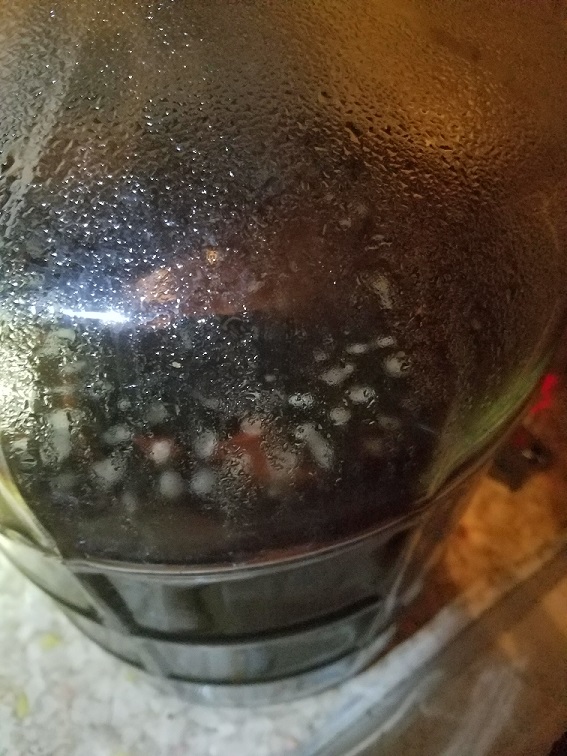I didnt add lactose, working clean with starsan on everything.
Im using a hydrometer to measure everything sprayed with starsan before putting it in.
I read something about infection forming a protection layer so, or this mold im looking at? I'm really not sure why this is happening.
Are you saying that leaky keg and too much exposure to oxygen can't be the cause of this?
Starsan is a sanitizer not a cleaner. Items need to be clean first (using a cleaner like PBW, Oxiclean, Washing Soda, etc.) before you can sanitize them. Spraying may not be thorough enough or allow enough contact time (min. 60 seconds). Dunking or mopping it on with a small wash cloth can be more effective. Read up on proper cleaning and sanitation, and review your processes. Maybe you've missed something.
Infections often form a pellicle, a barrier layer on top of the liquid. That layer protects THEM from other organisms getting in easily. What you're seeing is not mold. Mold is often clumpy and fuzzy.
If you have a healthy fermentation, not much else will be able to compete or get in. There's a strong flux of CO2 moving out and a fast build up of alcohol helps fight off other bugs. A tardy fermentation however allows other microorganisms to take foothold before the brewer's yeast does, causing off flavors and/or infections.
Opening a fermentor or racking always carries the risk of bringing an infection in. A dirty lid, seal, O-ring, hands, air, contaminated objects dropping or liquids dripping in, etc. Omit secondaries for that very reason, they are truly not needed or even wanted in 99.99% of all brew processes.
Scrub and wash everything thoroughly with an alkaline cleaner (or acid cleaner, but they are much more dangerous and should be left to the pros), rinse, inspect, and repeat if necessary. Give ample contact time in Starsan and reassemble wet. After being stored, immediately before use, resanitize again with Starsan or other non-rinse contact sanitizer. As long as the surfaces are wet with Starsan or the foam it remains sanitized.
Maybe the yeast you used was old or poorly stored. Dry yeast can be frozen, but should at least be refrigerated when stored for longer times
It is also advised to re-hydrate dry yeast per manufacturer's instructions before pitching. Then swirl up and pitch the yeast slurry into the well aerated or oxygenated wort. That way the majority of yeast cells will survive and are in good shape to carry the fermentation process to the end.
Keep an eye on those mash temps, use a calculator for estimating your strike volume and strike temperature for your amount of grist. Make sure your thermometer is accurate. If mash is too hot, quickly add some cold water, stir well, read temp, repeat if necessary.
Wishing you good fortune with your next brew, don't give up, learn from your errors.
In the meantime, maybe drink that beer before it does turn (too) sour. Perhaps mix with another, more attenuated beer so it won't be as sweet.

































